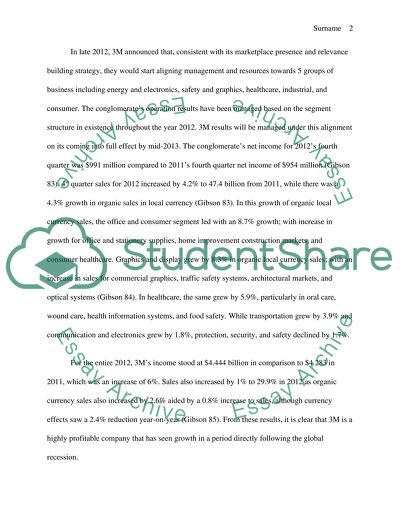Cite this document
(“Research and analyze an organization's 3BL and Stakeholders Paper”, n.d.)
Research and analyze an organization's 3BL and Stakeholders Paper. Retrieved from https://studentshare.org/marketing/1487839-research-and-analyze-an-organization-s
Research and analyze an organization's 3BL and Stakeholders Paper. Retrieved from https://studentshare.org/marketing/1487839-research-and-analyze-an-organization-s
(Research and Analyze an organization'S 3BL and Stakeholders Paper)
Research and Analyze an organization'S 3BL and Stakeholders Paper. https://studentshare.org/marketing/1487839-research-and-analyze-an-organization-s.
Research and Analyze an organization'S 3BL and Stakeholders Paper. https://studentshare.org/marketing/1487839-research-and-analyze-an-organization-s.
“Research and Analyze an organization'S 3BL and Stakeholders Paper”, n.d. https://studentshare.org/marketing/1487839-research-and-analyze-an-organization-s.


